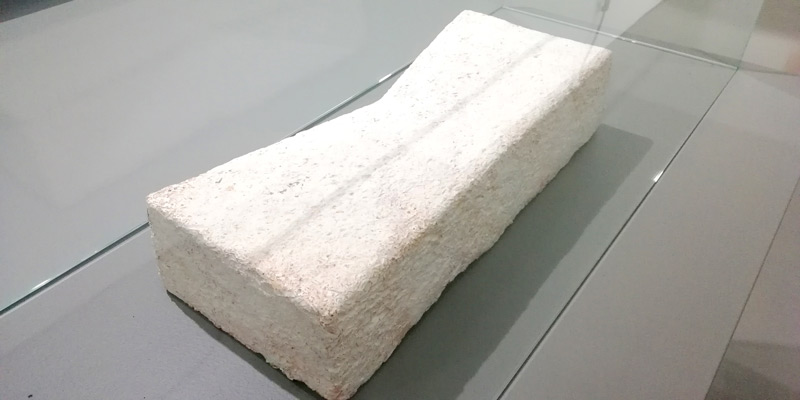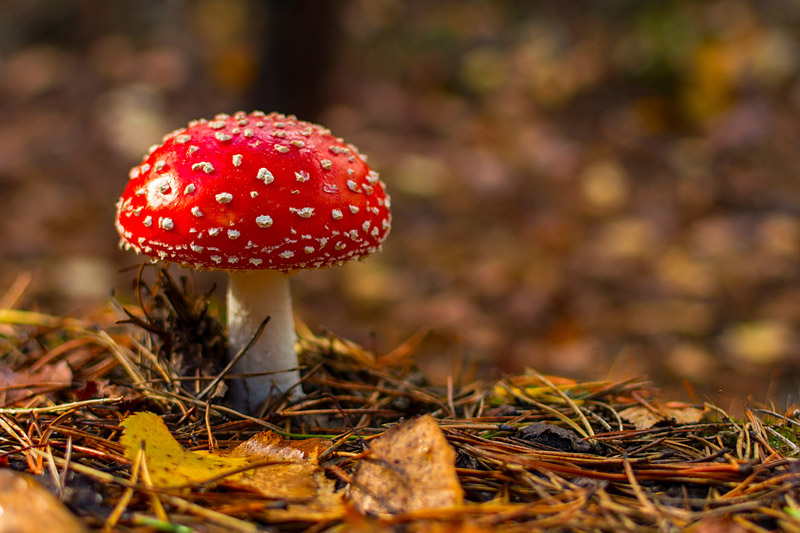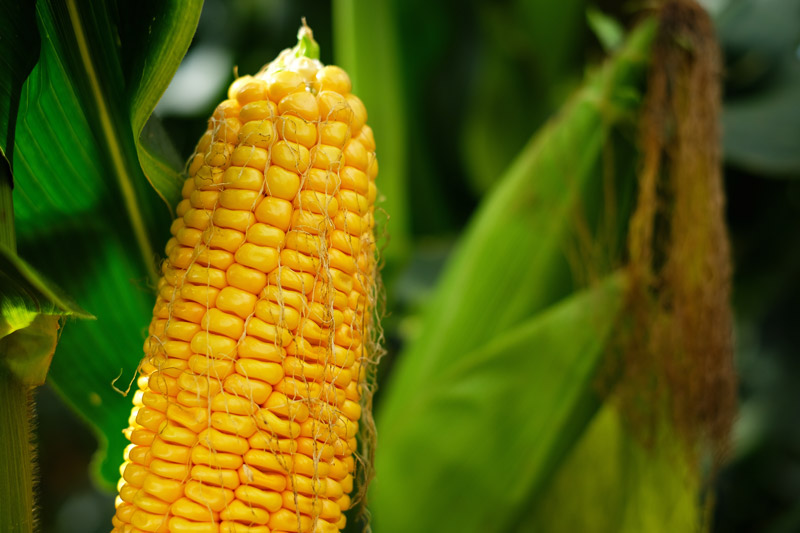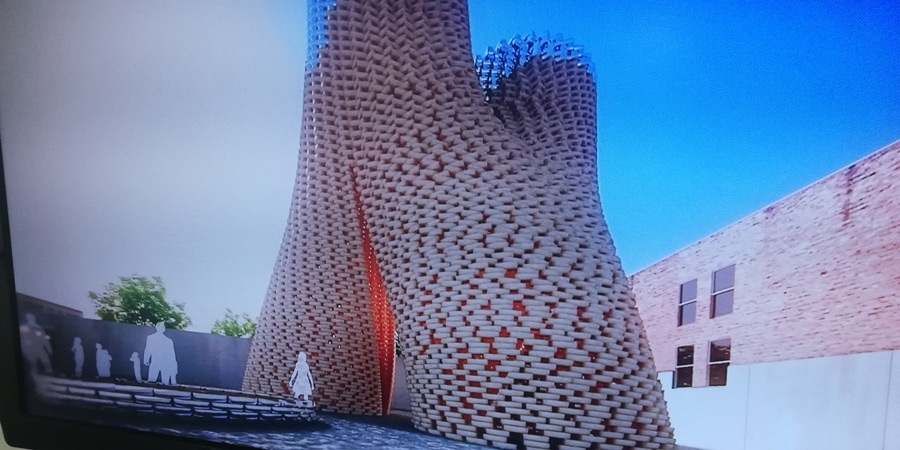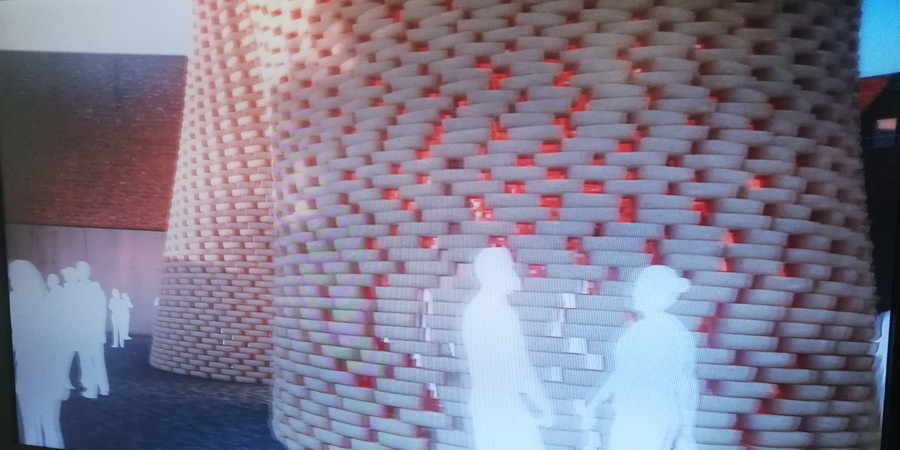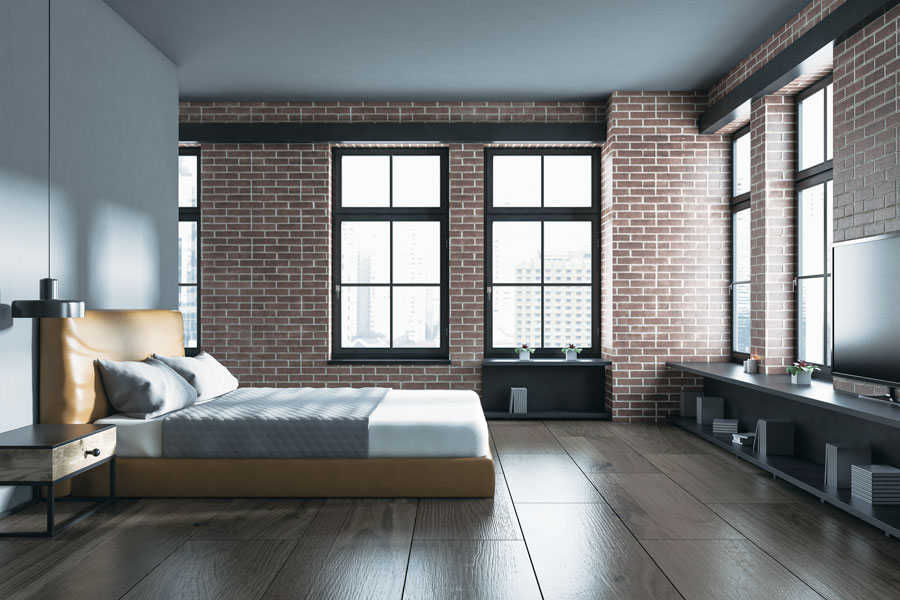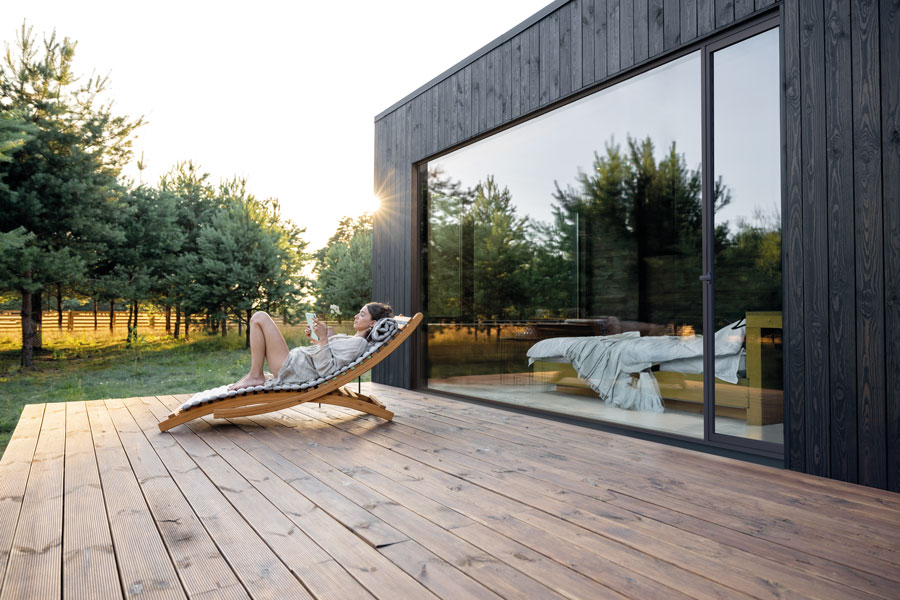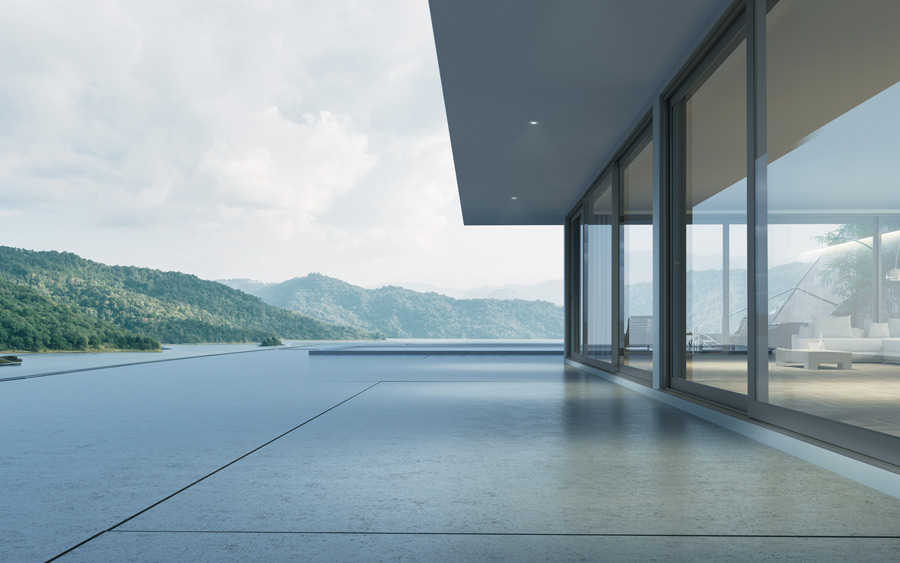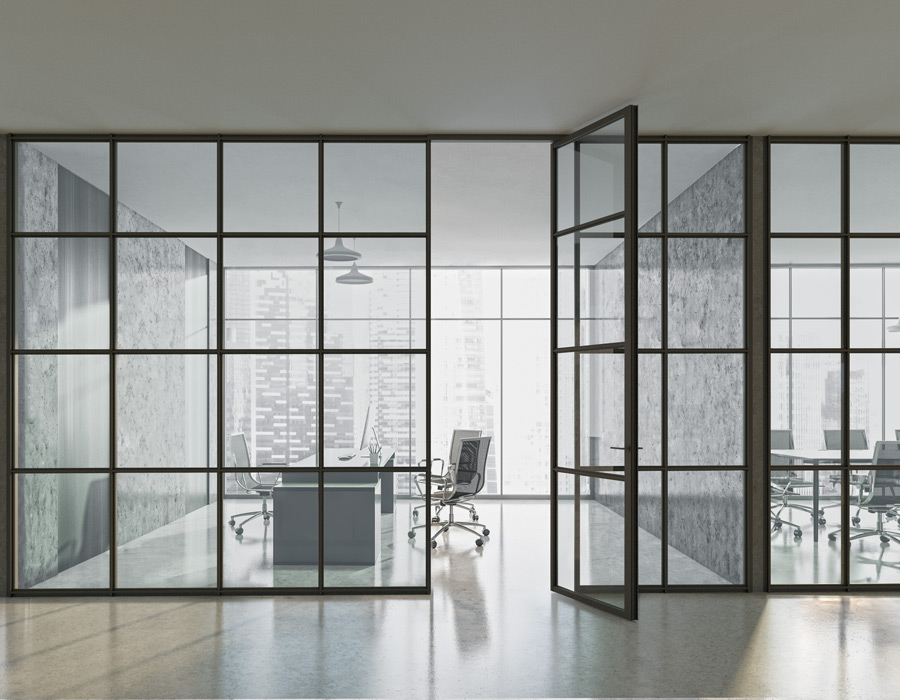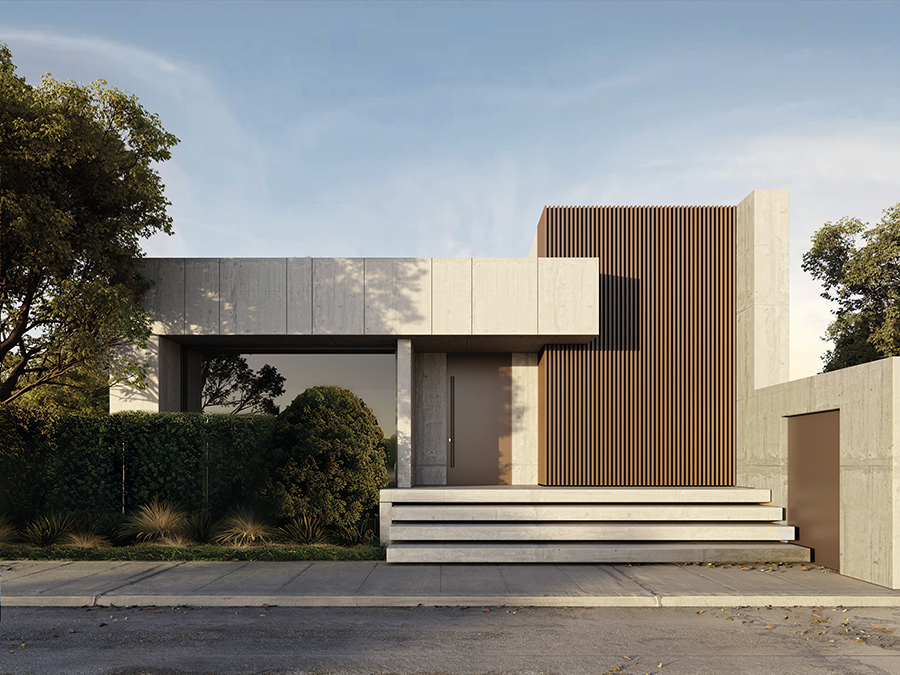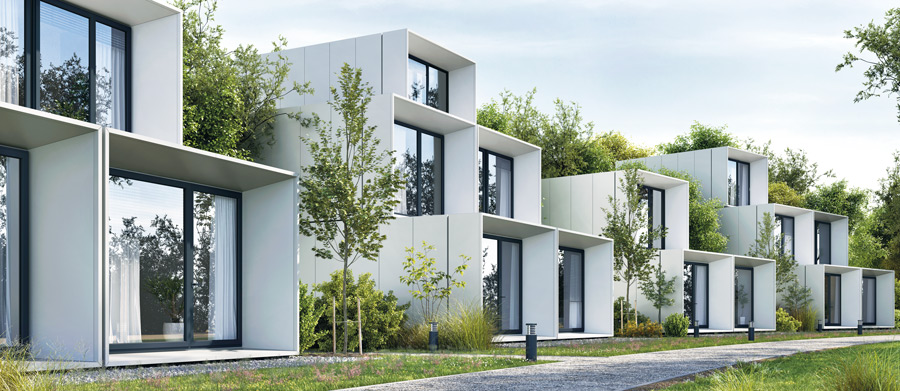
Colour Palettes
Color can also affect the perception of light within a space. Lighter colors tend to reflect more light and make a space feel larger, while darker colors absorb light and can create a more intimate setting. Taking this into account you can choose a color for the interior frame and another for the exterior frame.
In regard to sustainability, color choices can impact a building’s energy efficiency. Light-colored or reflective surfaces can help reduce heat absorption, contributing to energy savings.
It may be applied to a building to create focus points and aesthetic intrigue. When constructing or remodeling a structure, choosing the frames, their color, and finishing is just as crucial as any other decision.
There is no palette like yours.
However, we have prepared some inspired by the most common
colours and by projects that seek sustainable and innovative building materials.
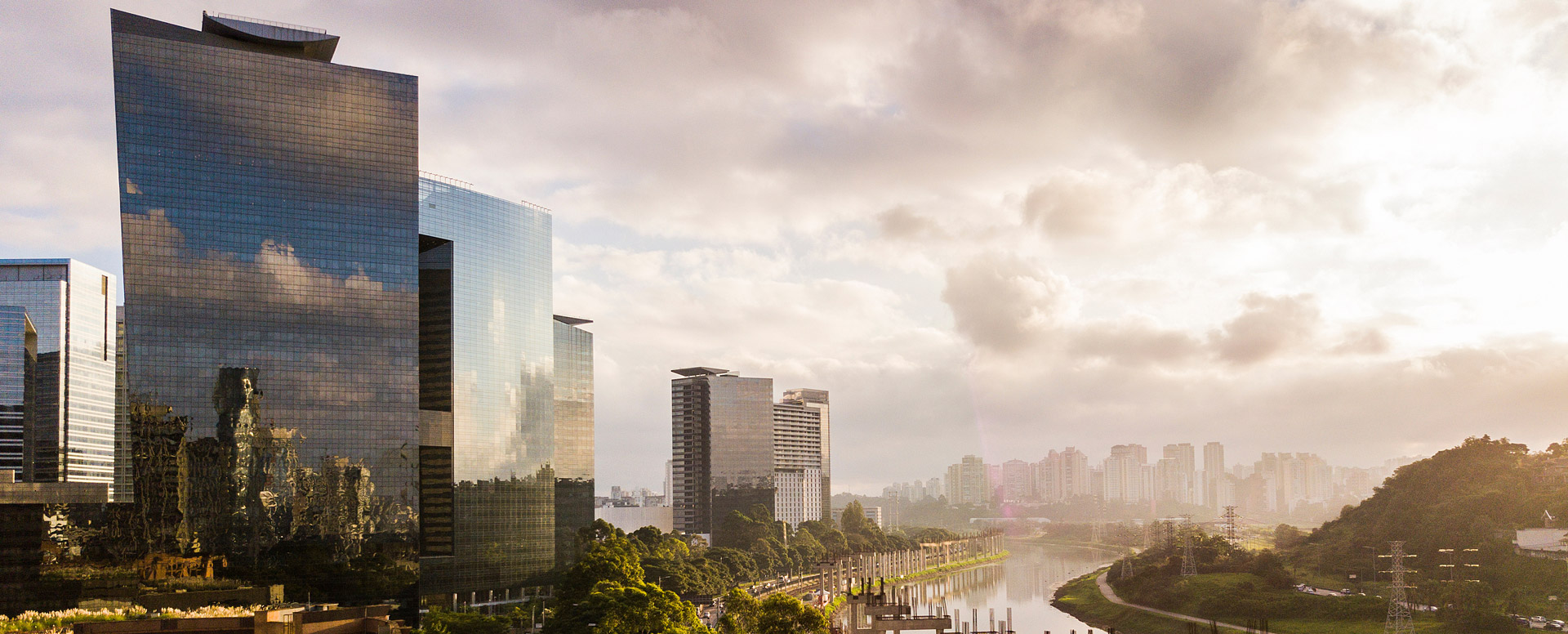
Palette #1
Aluminum recycling is beautiful. As part of the Can City initiative, so-called Catadores collect aluminum cans from So Paulo's streets and use them to make brand-new things that symbolize the places they were collected from.

Natural

Light Bronze
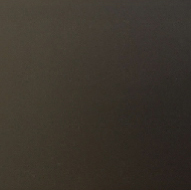
Medium Bronze

Black
The first step in this procedure is the construction of a mobile foundry using the salvaged materials. The gathering of the aluminum cans that are melted in this foundry comes next.
Molds constructed of sand, brick shards, dried wood, leaves, and other natural materials are used to hold the liquid aluminum. Unique benches and other items are produced using this procedure.
This project served as the inspiration for our palette 1, which includes a variety of anodized colors that begin with their original color but develop through a natural process.
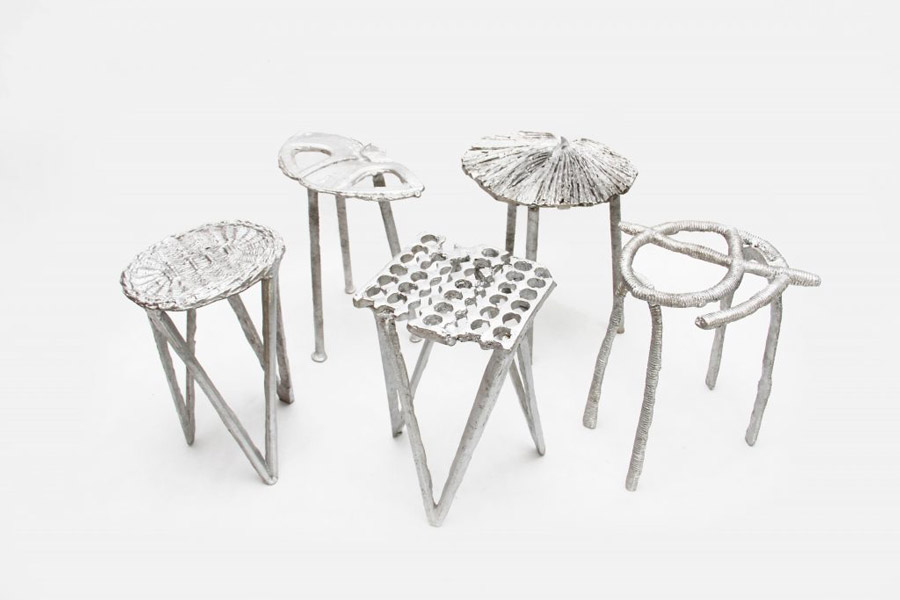
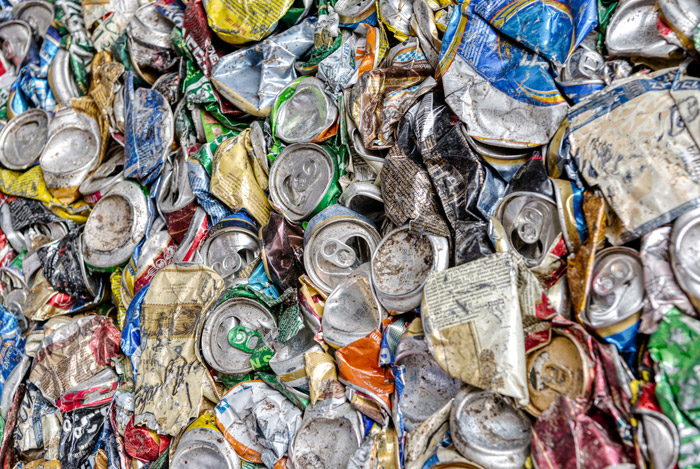
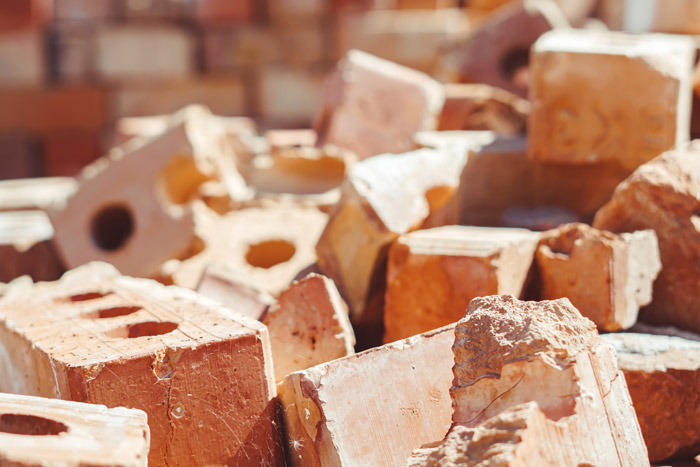
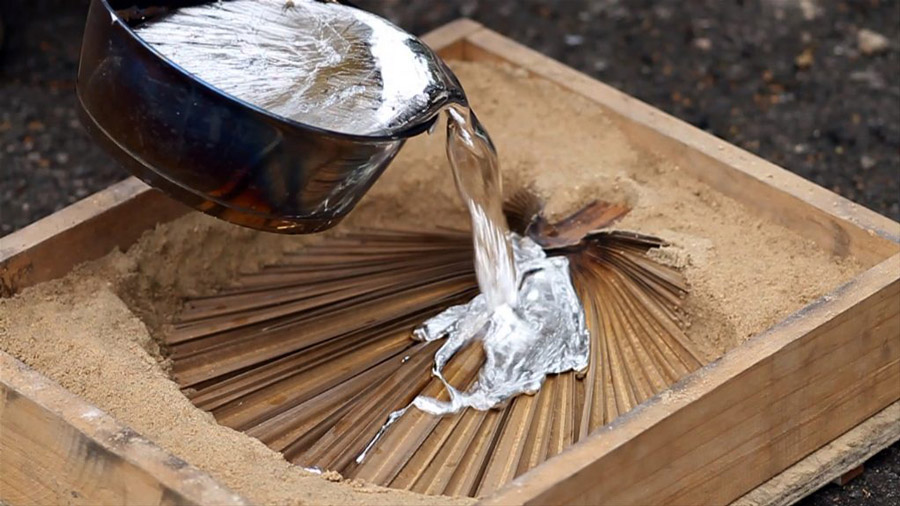
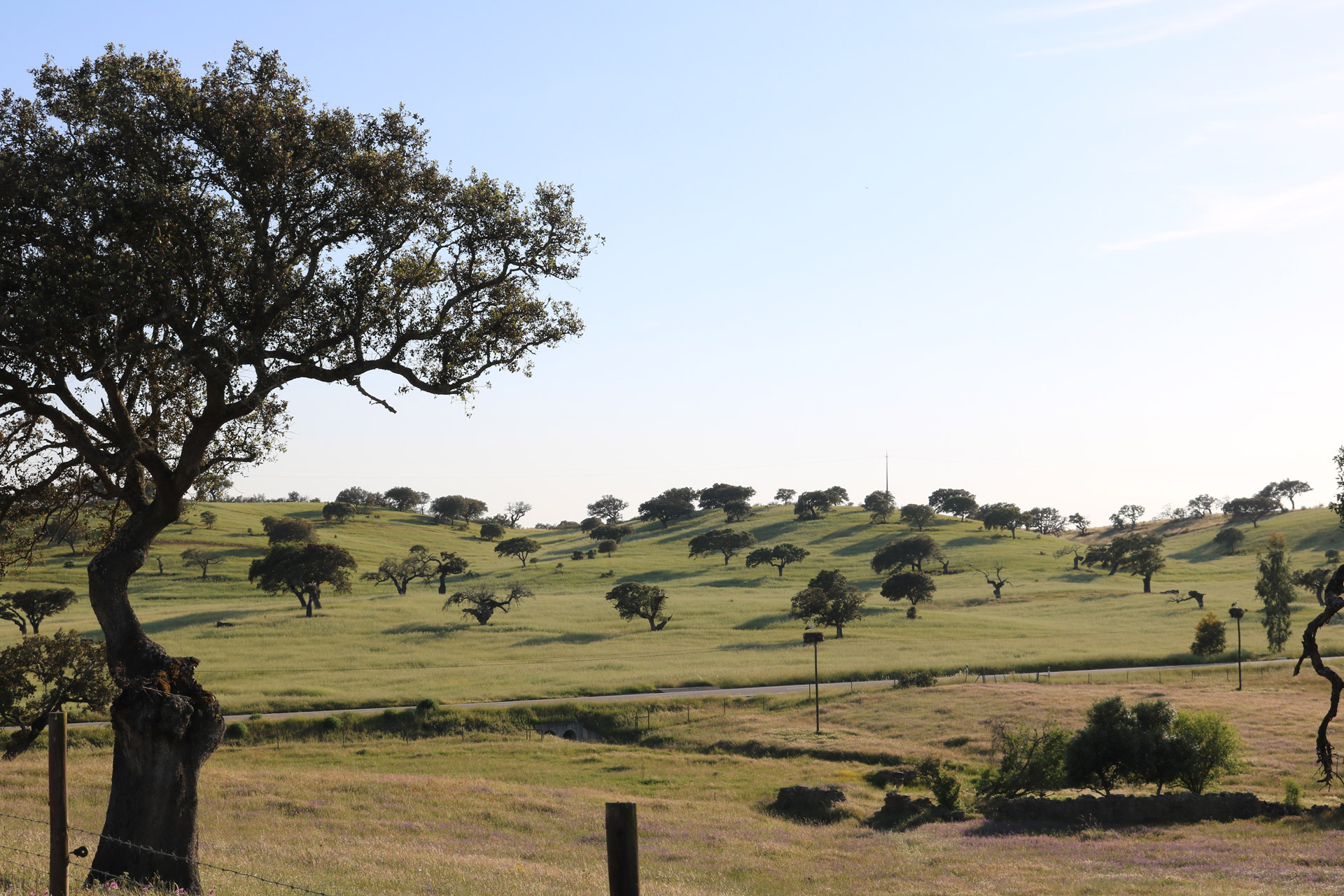
Palette #2
In addition to being natural and sustainable, cork, which is made from the bark of the cork oak tree (Quercus suber), offers distinctive qualities that make it a highly sought raw material in a number of industries. It is renowned for its extraordinary qualities, including lightness, flexibility, impermeability, and thermal and acoustic insulation. Due to these qualities, it is a popular choice for many industries and goods, including floor coverings, building insulation, and even space equipment.
3005
8146
8014
6200
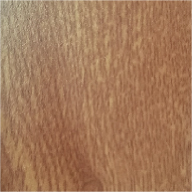
MDR001
Through their inventive method for producing thread or yarn for use in textiles and lampshades, Spectroom's digital artists continue to widen the range of possibilities. This required a change from their typical 3D work designing cork surfaces, patterns, and wall reversals for Gencork, and it promises to open up new application areas for this extremely versatile and sustainably managed resource.
The cork oak tree's bark is removed without damaging the tree, which will continue to regenerate and produce cork.This makes the cork sector a great illustration of how to balance economic output with environmental preservation.

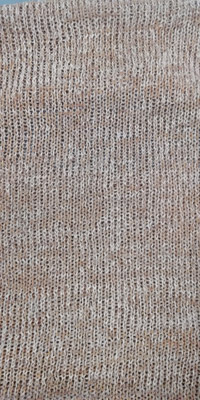
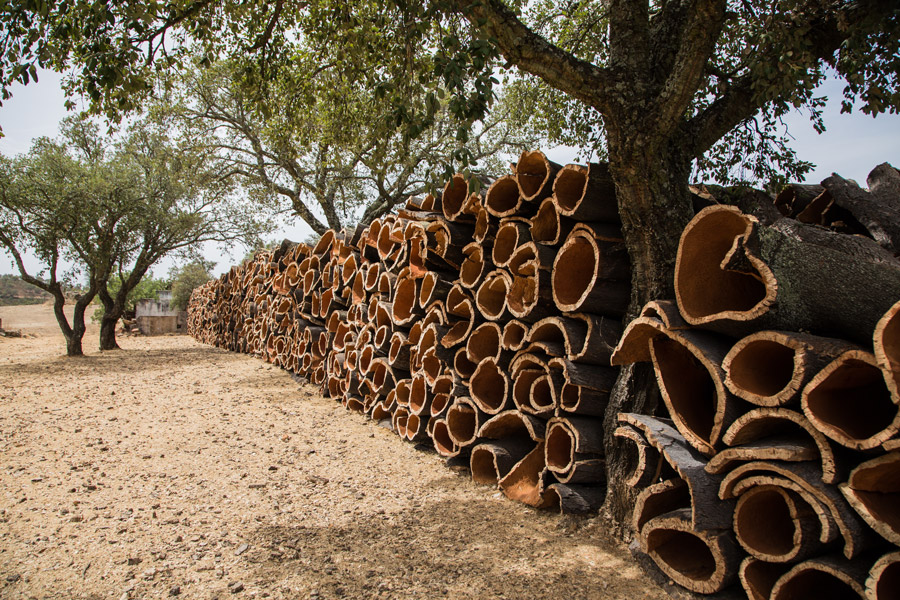
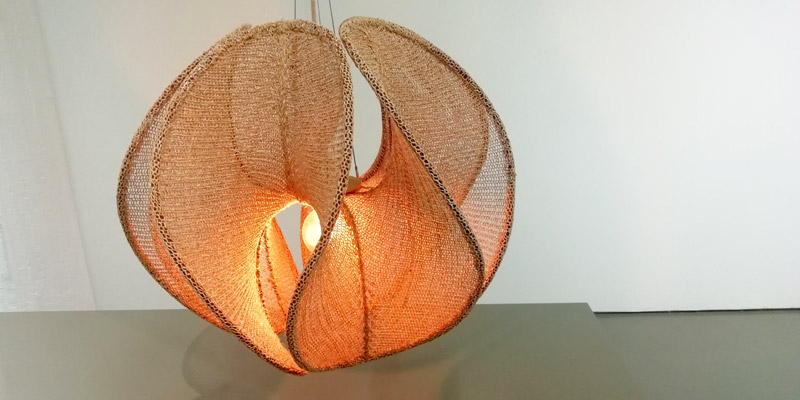
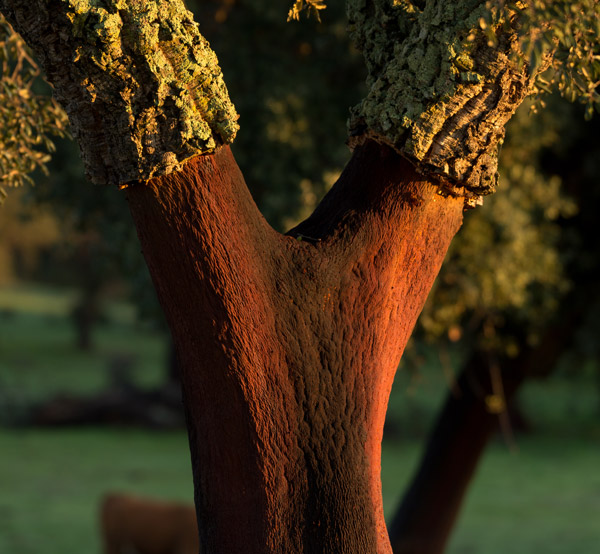
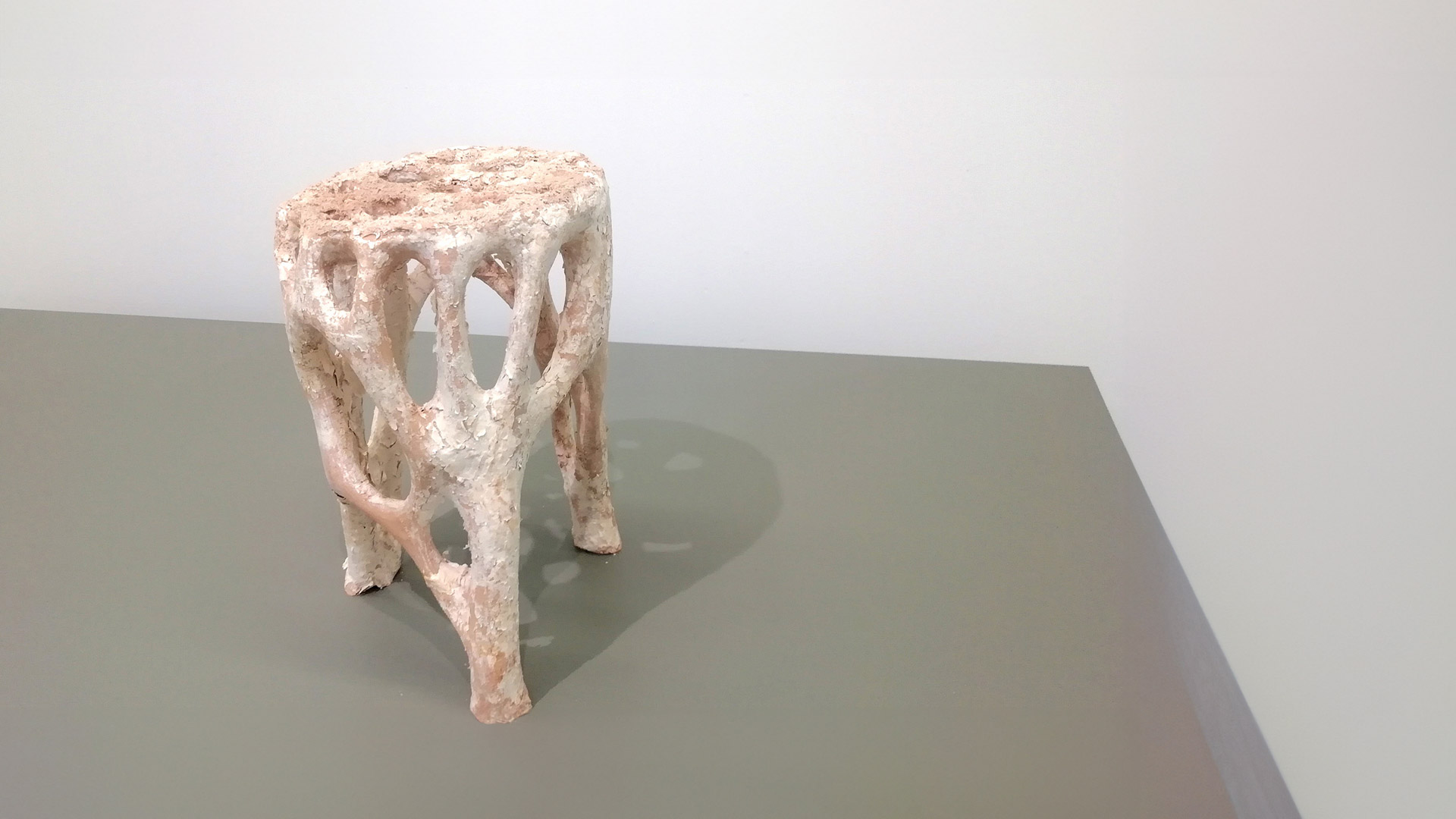
Palette #3
Mycelium, which resembles fungus roots, may be printed in three dimensions. Eric Klarenbeek and Maartje Dros (Studio Klarenbeek & Dros) originally experimented with this technique in 2011 to develop substitutes for the synthetic and bio-plastic materials usually employed in this production process. Waste straw is combined with fungus, printed using specific delivery heads, and then allowed to develop in an incubator.
9110
1015
1036
On drying the fungal composite hardens. Return it to a moist environment and the stool will decompose releasing nutrients back to the local environment. This is circular low energy, bio-fabrication at ambient temperatures that, potentially, can be implemented anywhere the right growing conditions are found.
Stool II is a stool produced through this process and was the beginning of a journey for Eric Klarenbeek and Maartir Dros. This was followed by the printing of a mycelium chair and today this method is used to print large-scale structures and can be integrated into architectural works.
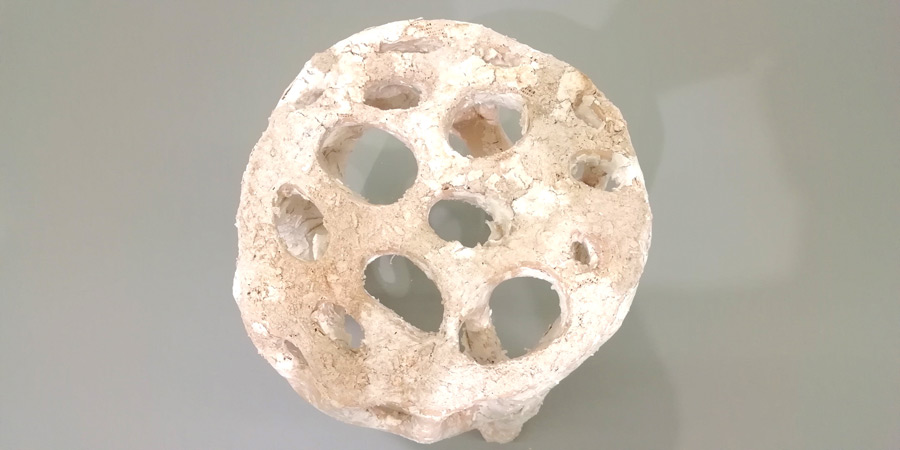
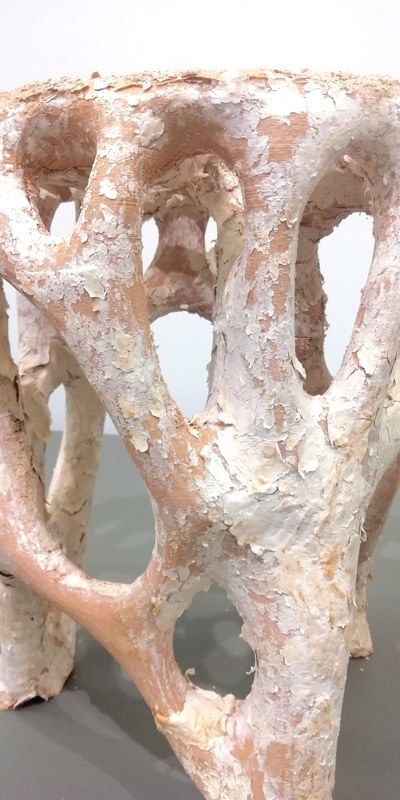
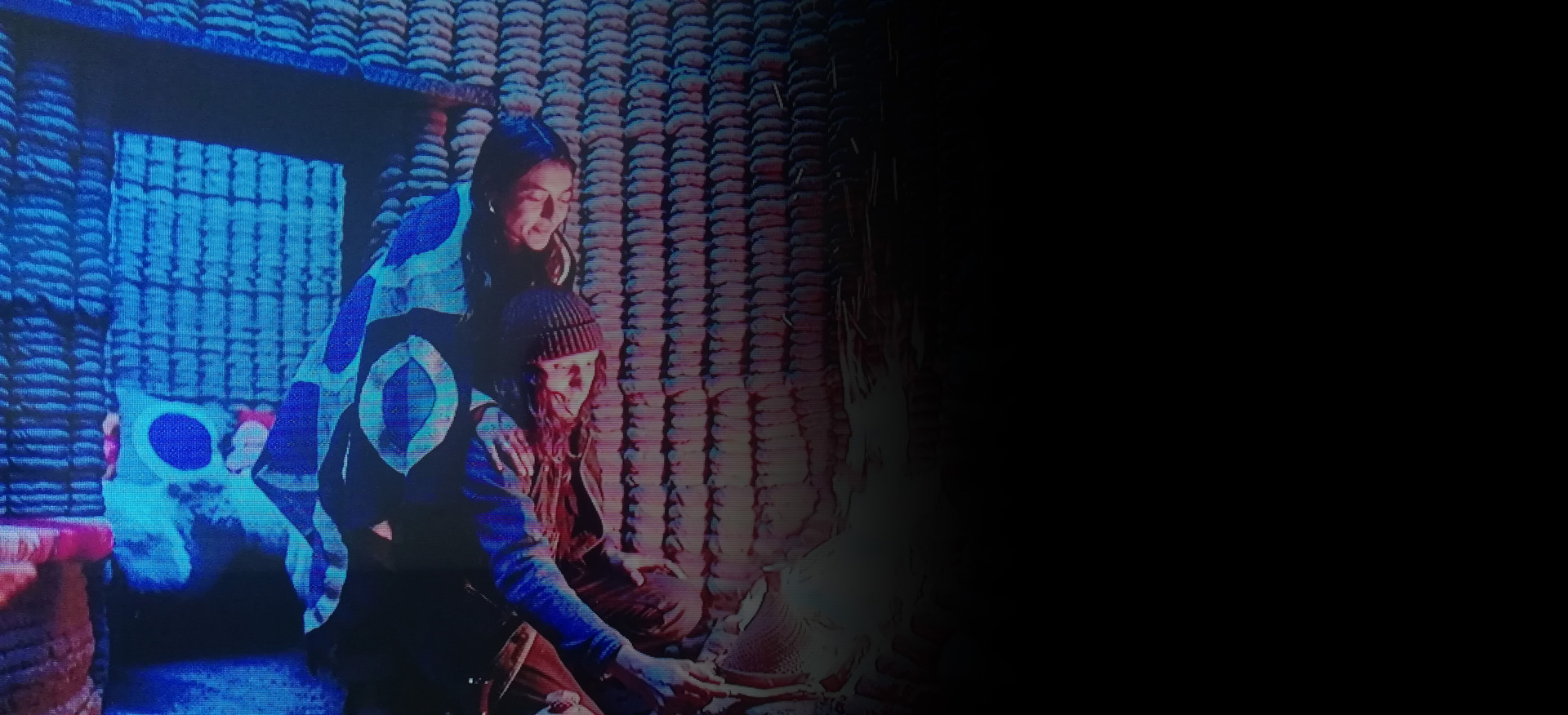
Palette #4
In an experiment, Emerging Objects combined 3D printing with local and conventional building materials to create Casa Covida, a 3D printed hut for cohabitation in the covid era. In Colorado's historic San Luis Valley, where adobe, a mixture of sand, silt, clay, water, and straw that is cured in the sun, is the typical construction material, the experimental case-study house investigates both modern and traditional methods of life.
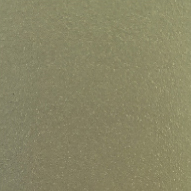
Gris 2500
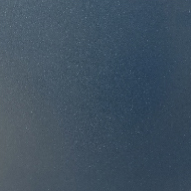
Bleu 700
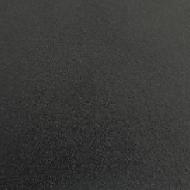
Noir 200
9005 text
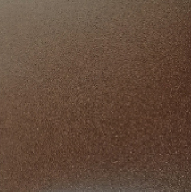
Mars 2525
A lightweight SCARA robotic arm, customized toolpathing software, and conventional earthen construction methods are combined in this structure to create interconnected, partially enclosed dome structures, advancing large-scale earthen additive manufacturing, by a team of four.
In the era of Covid-19, a weak supply chain and the safety issues brought on by a huge workforce made digital manufacturing and building challenging. Could this experiment lead to new methods for reducing environmental footprint and labor shortage?
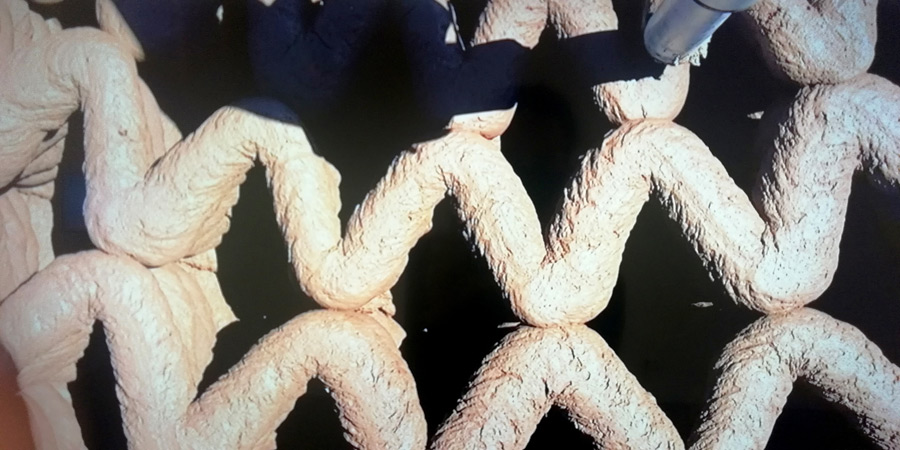
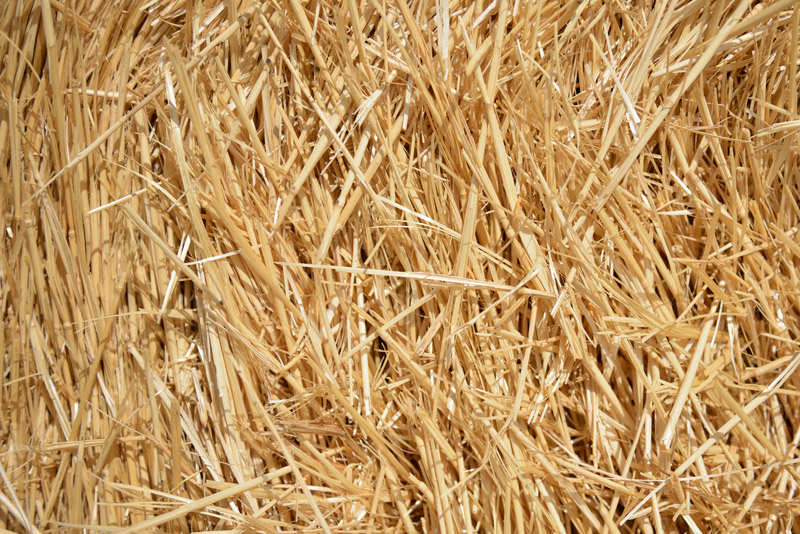
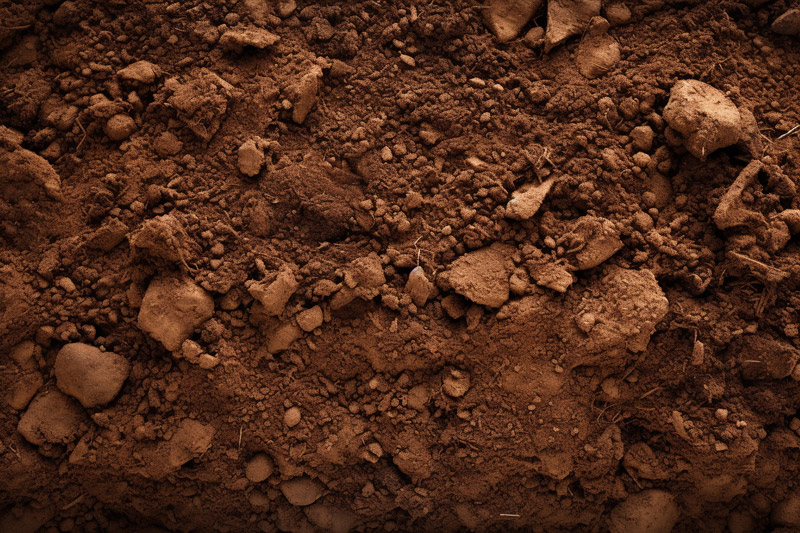
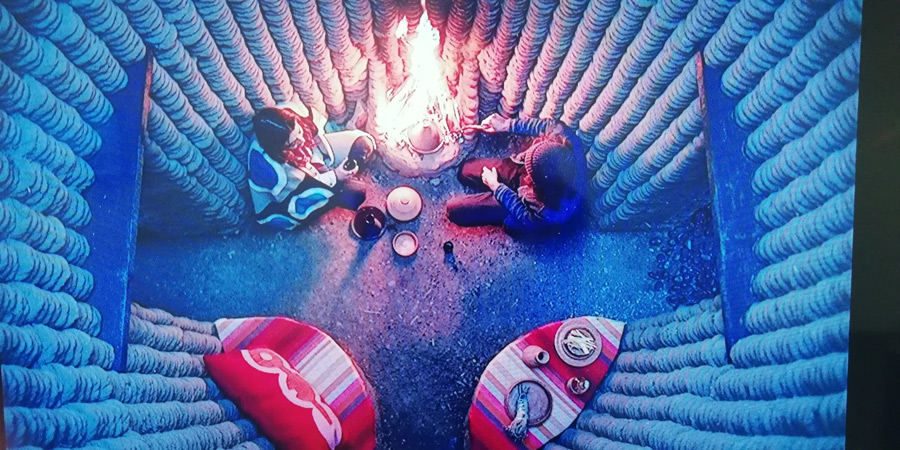
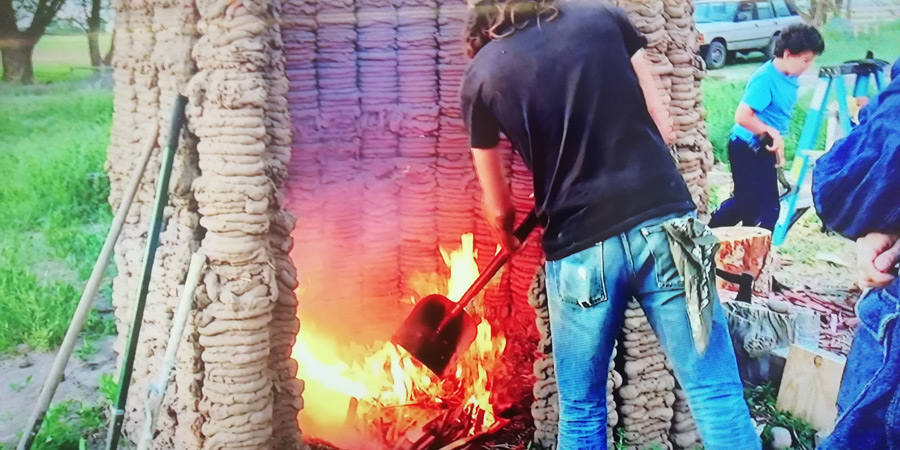
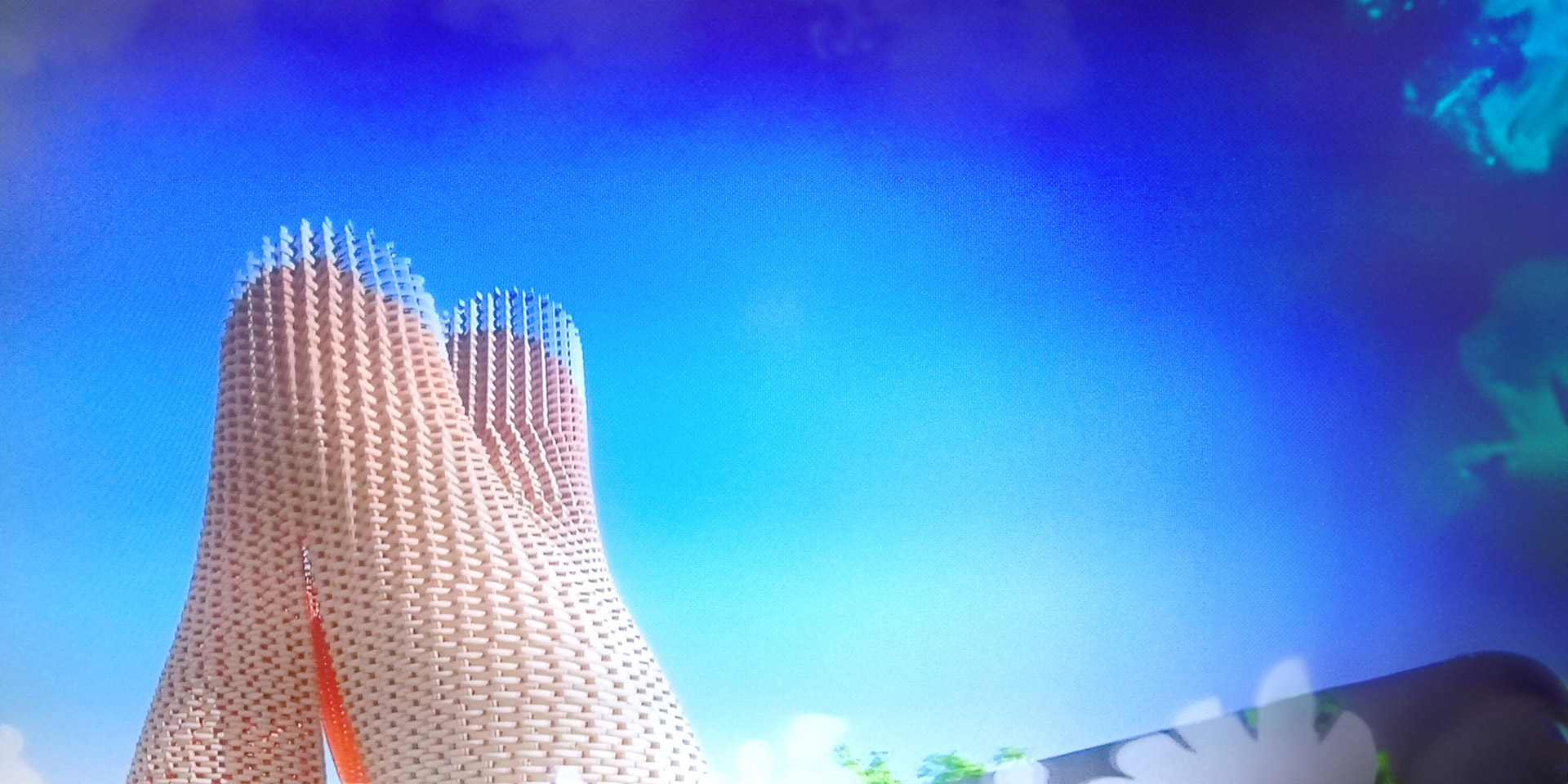
Palette #5
A new paradigm for environmentally friendly construction is presented by The Living's Hi-Fy, a circular structure made of organic bricks. With a cutting-edge new building material that develops from living materials and returns to the ground through composting at the end of the structure's existence. It is intended to disappear as much as it is to be seen, in contrast to architecture as we know it.
6034
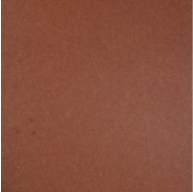
Cusco
1018

Lichen
9006
The Living's Hi-Fy, a circular structure made of organic bricks, presents a new paradigm of sustainable construction, with a new cutting-edge building material that grows from living materials and returns to the soil through composting in the end of the structure's existence. It is intended both to disappear and to be seen, in contrast to architecture as we know it.
